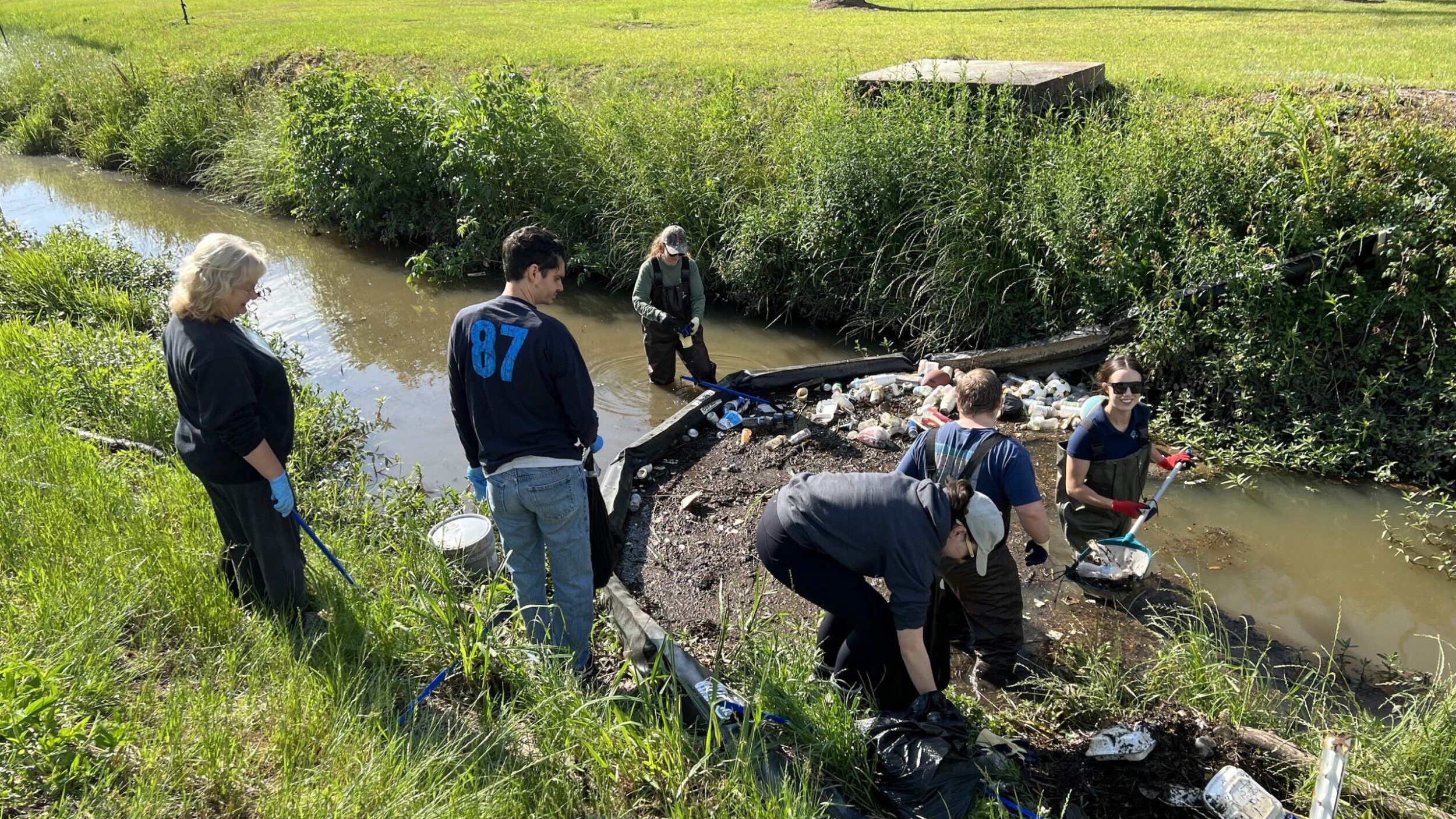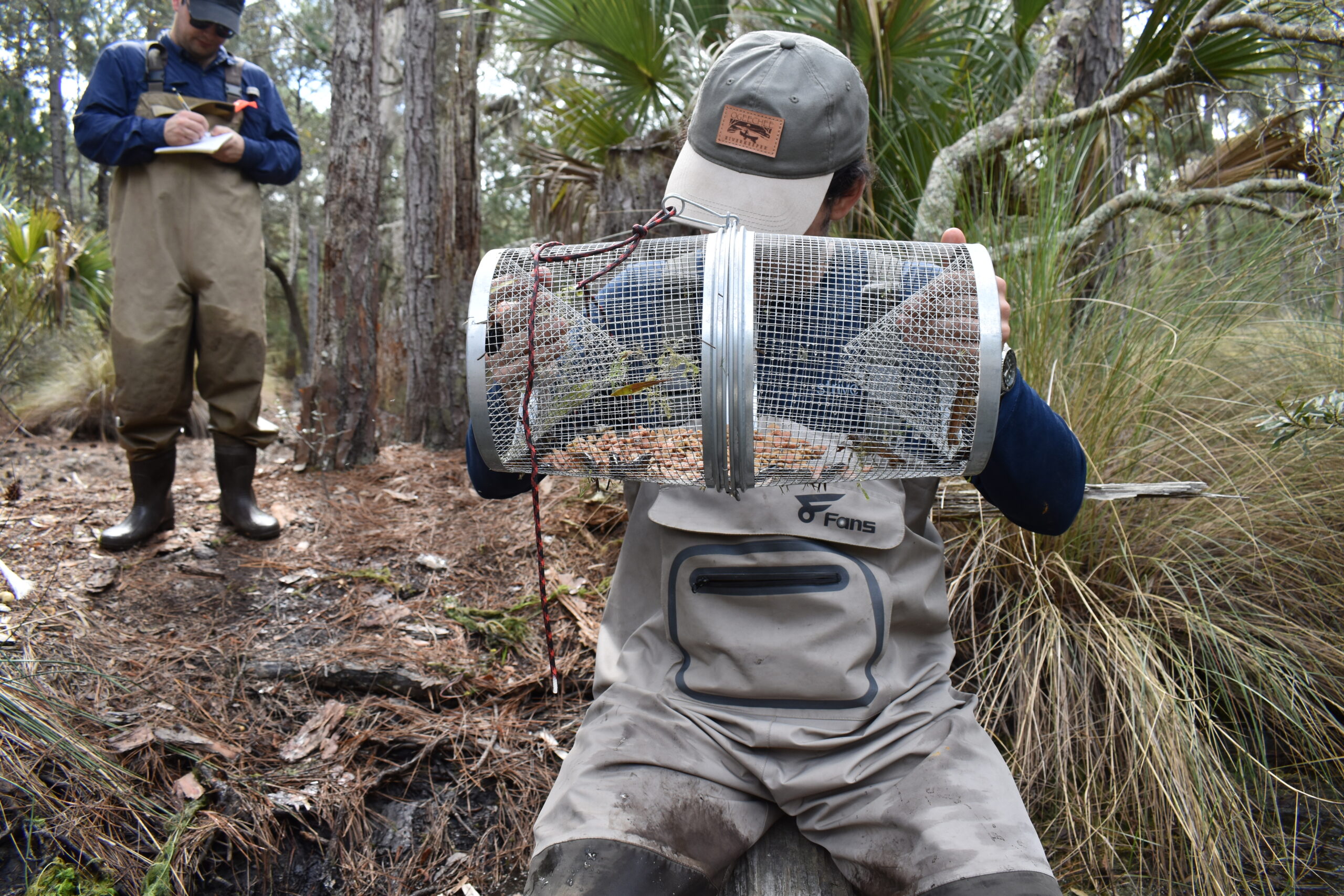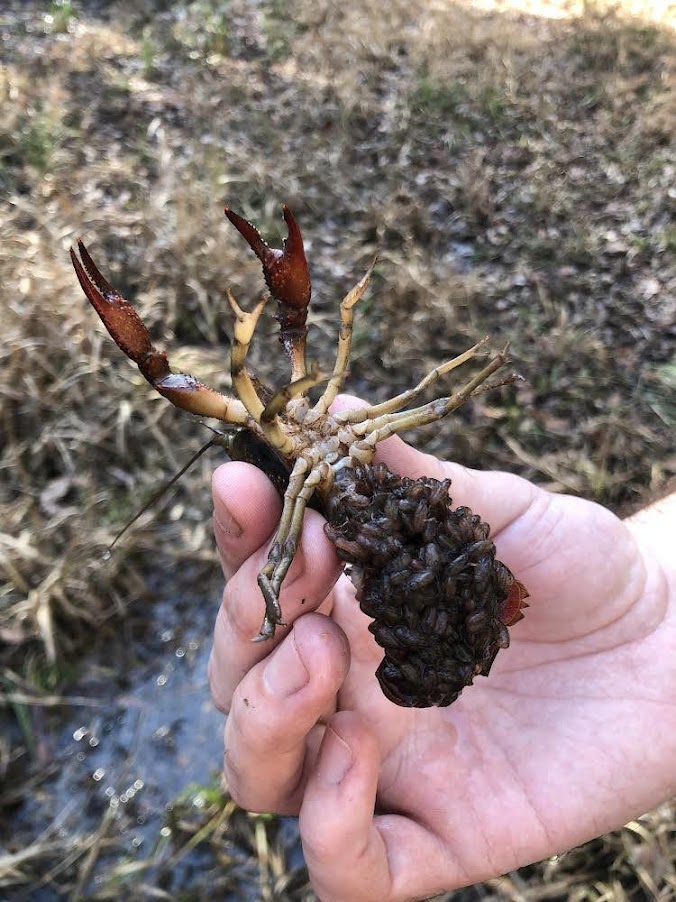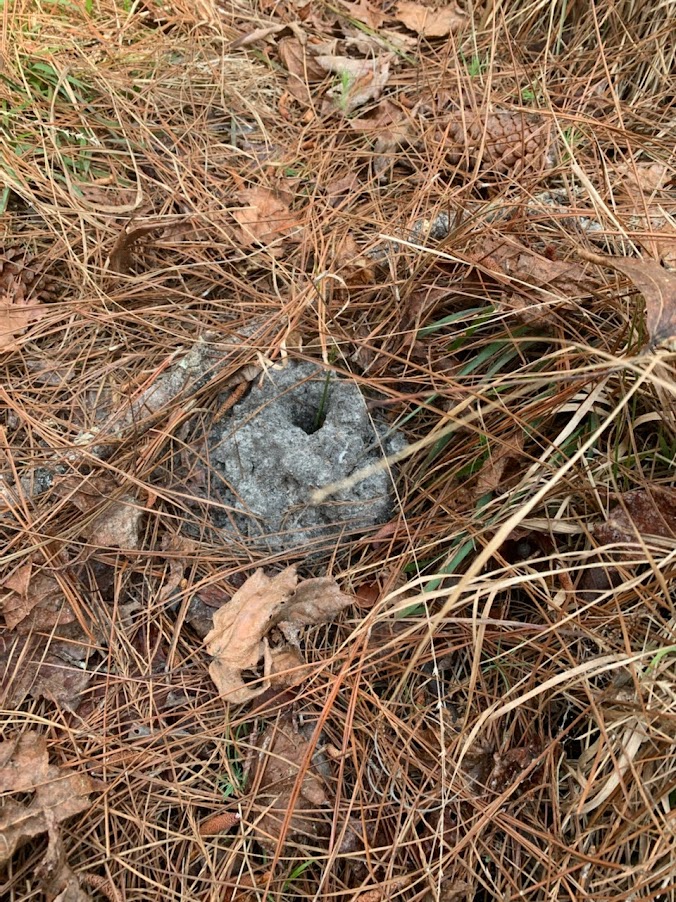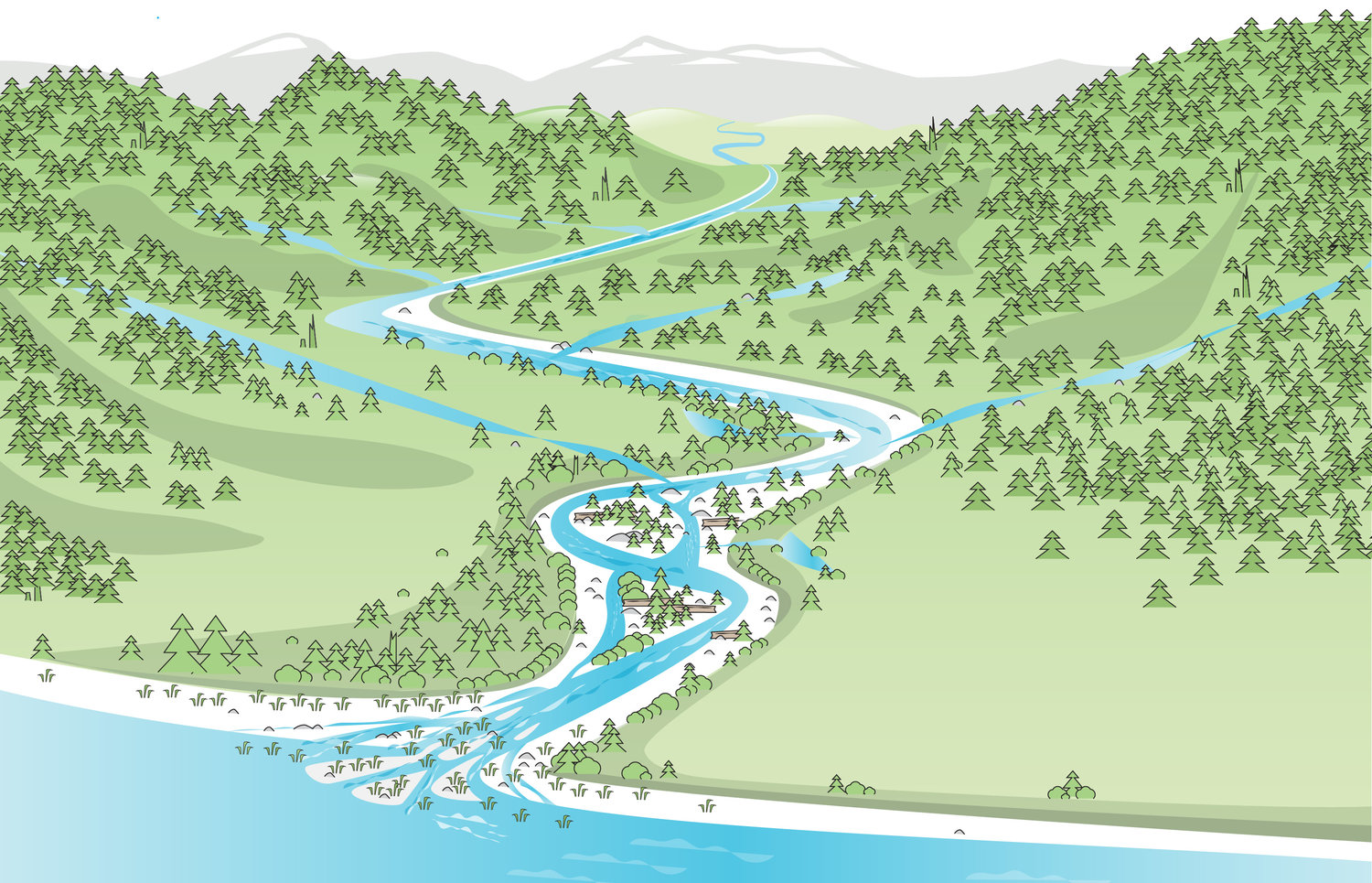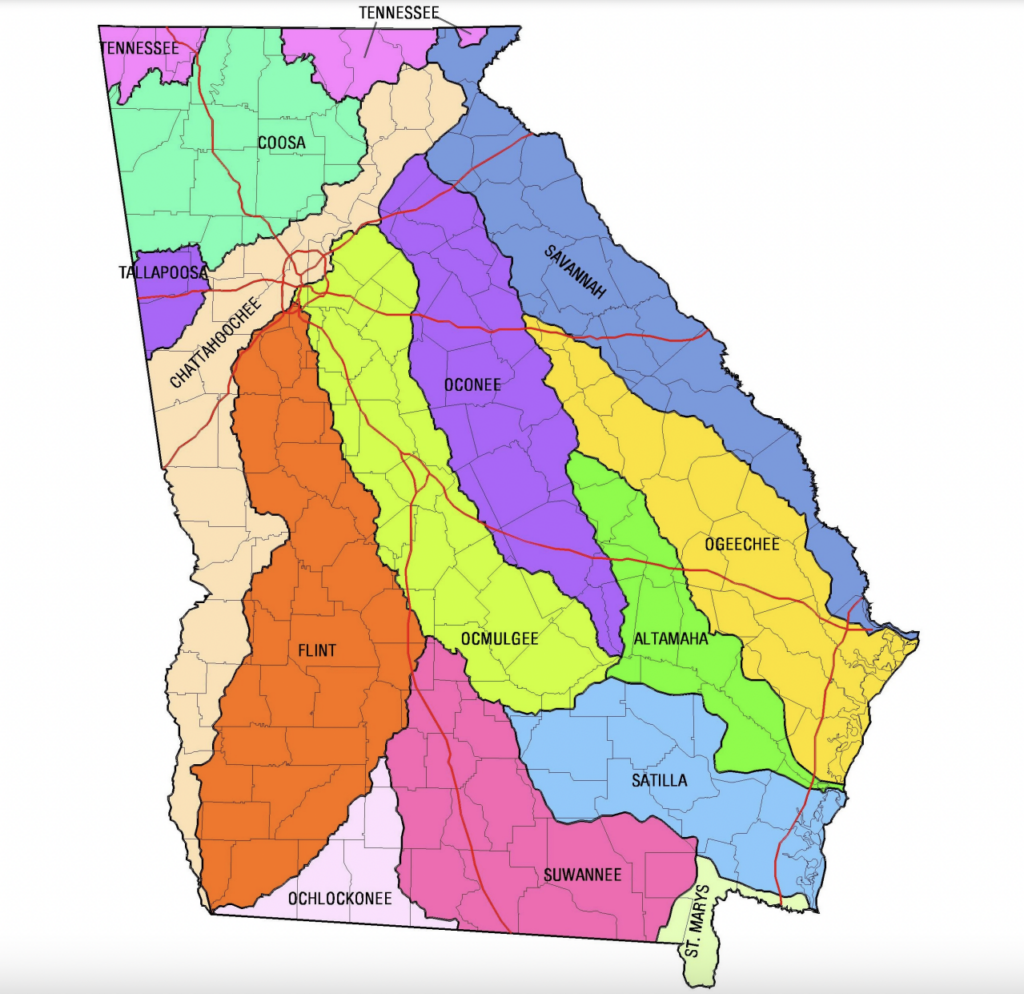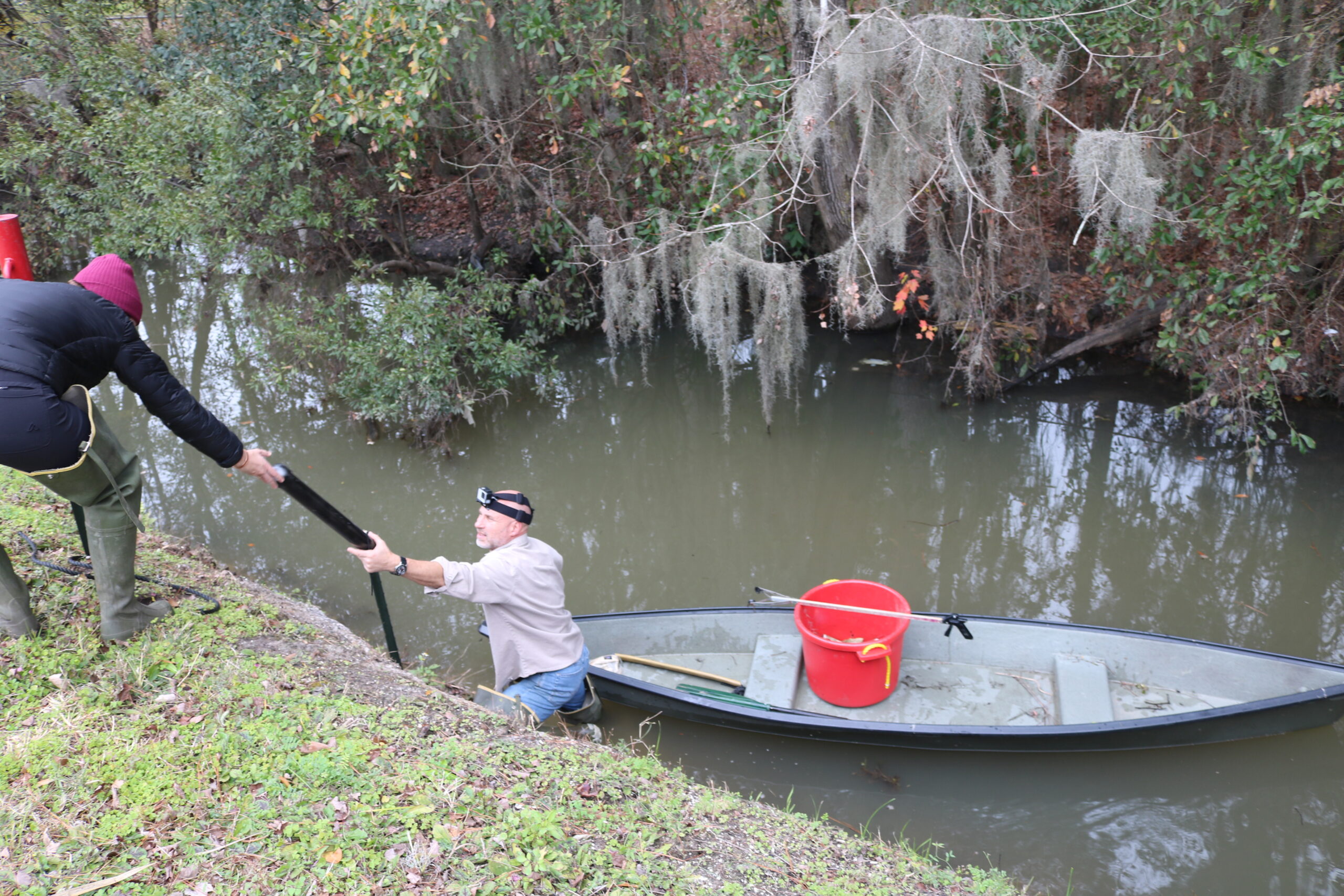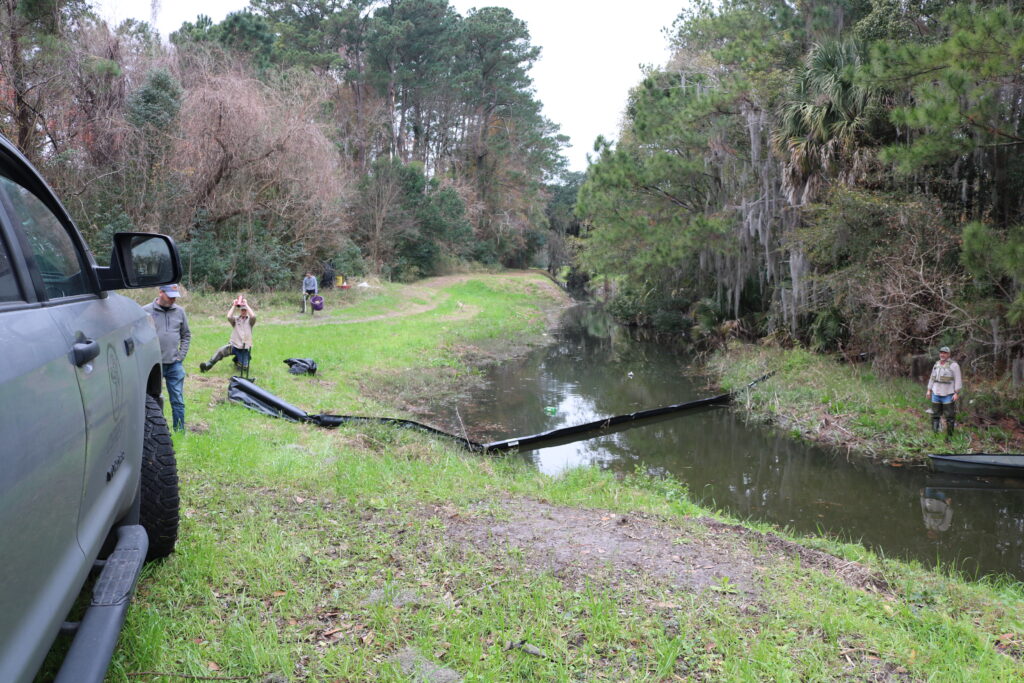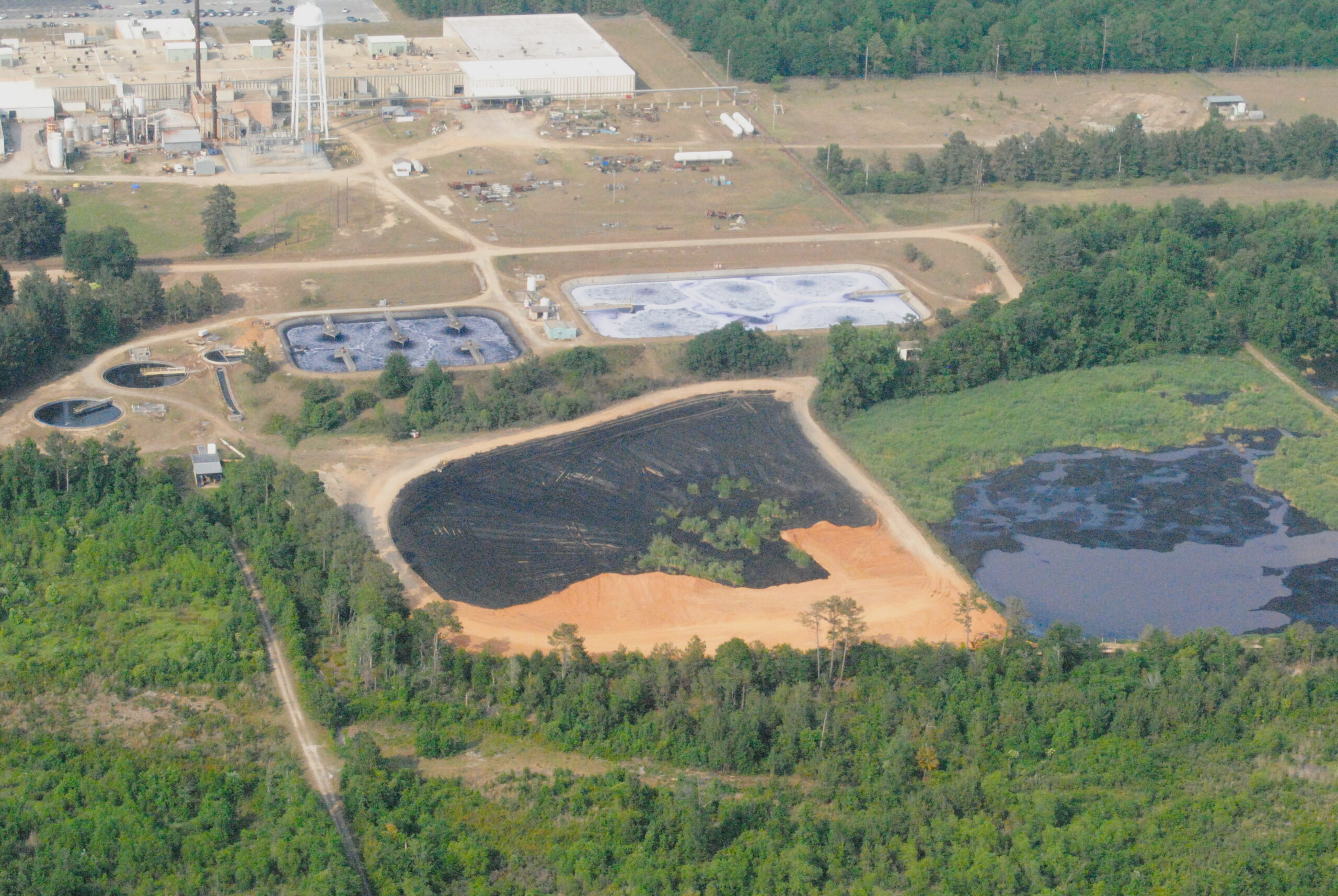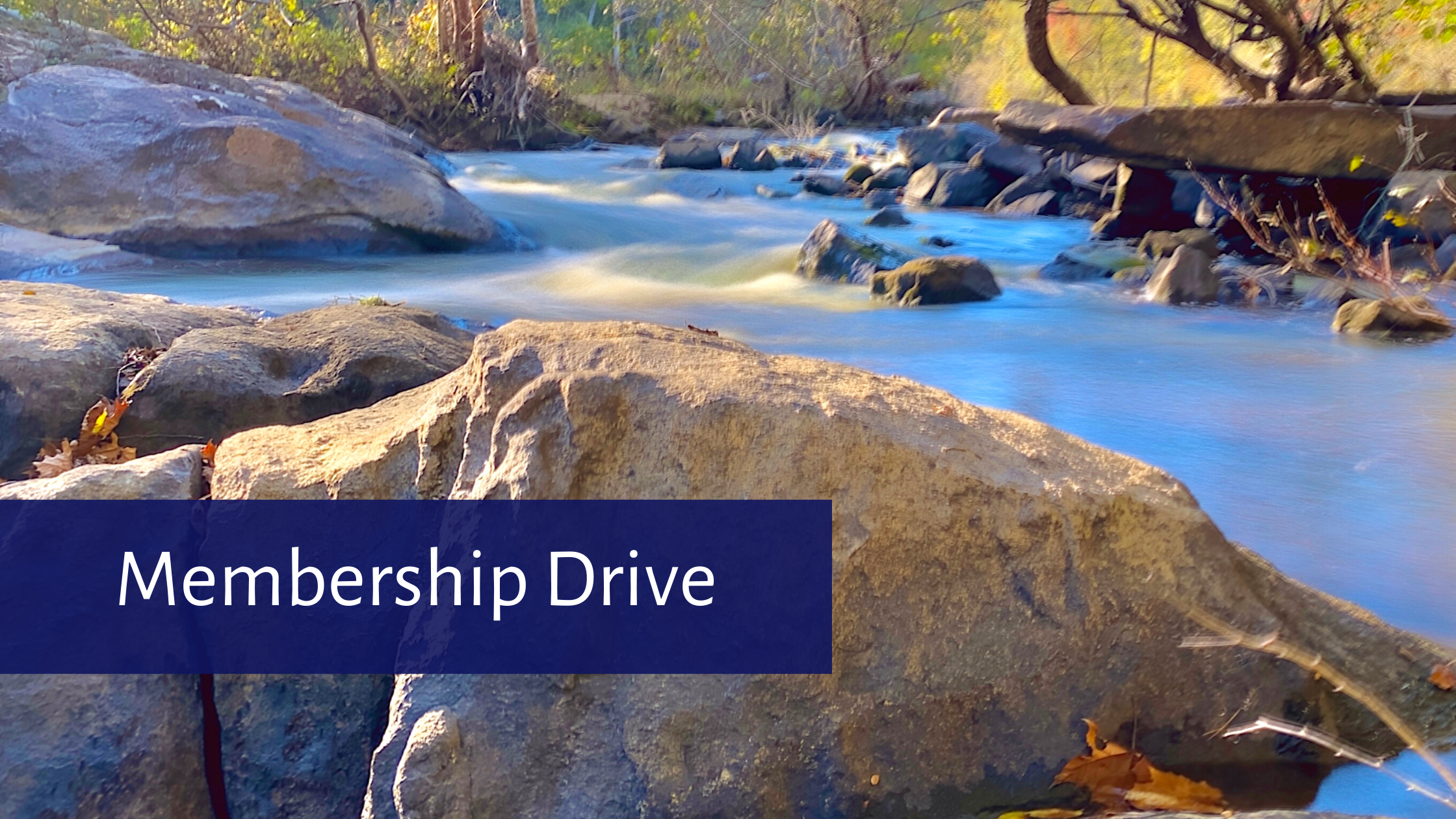 Becoming a member of ORK allows us to continue the important work of testing water quality, sharing stories from the watershed, fighting legal battles, providing recreational guidance, and coordinating cleanup efforts in our 5,500 square-mile territory across 22 Georgia counties.
Becoming a member of ORK allows us to continue the important work of testing water quality, sharing stories from the watershed, fighting legal battles, providing recreational guidance, and coordinating cleanup efforts in our 5,500 square-mile territory across 22 Georgia counties.
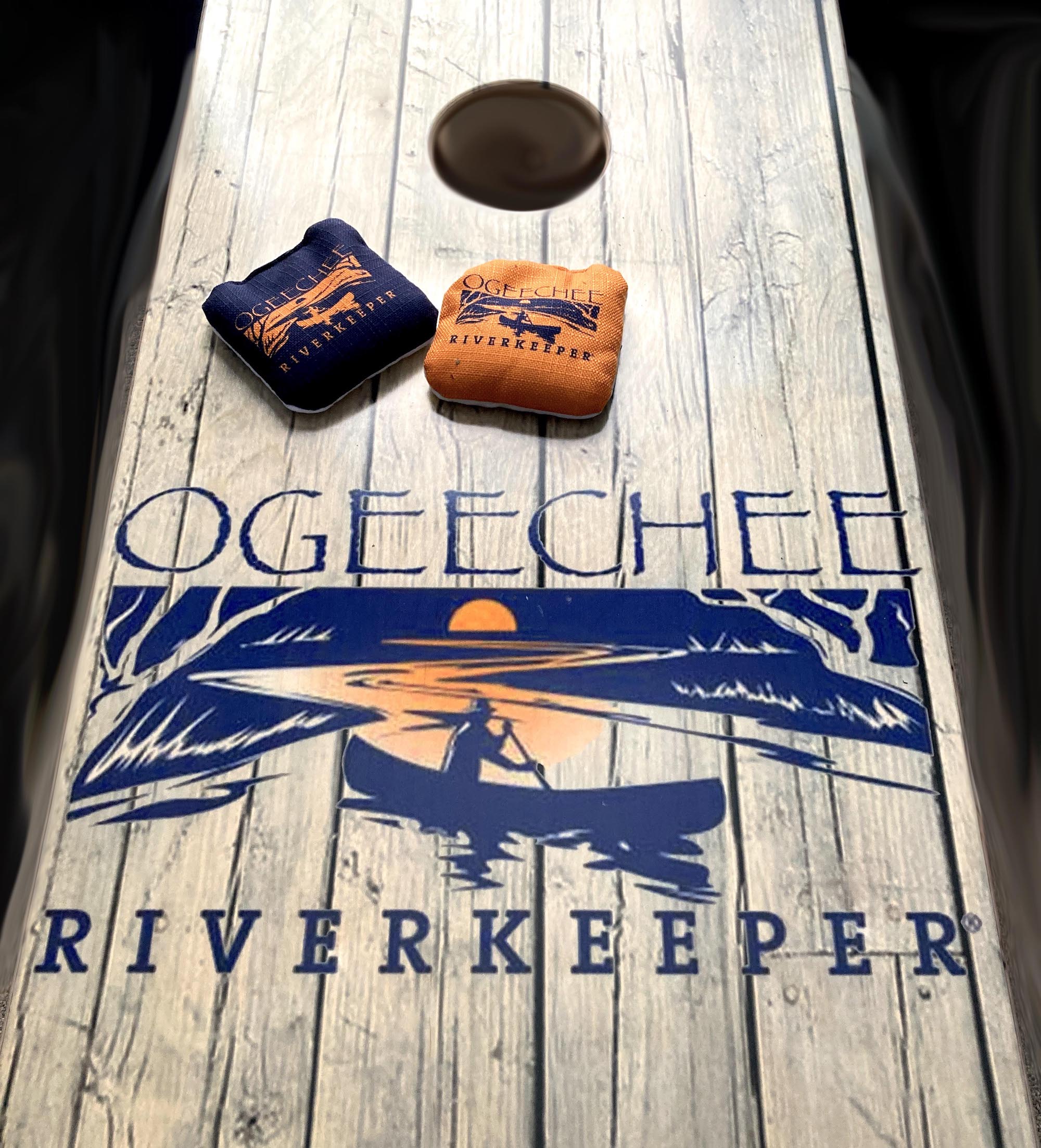 Anyone who becomes an automatically renewing member in the month of April will be entered in a drawing to win the following items:
Anyone who becomes an automatically renewing member in the month of April will be entered in a drawing to win the following items:
-
- An ORK branded corn hole set
- An air fryer
- A Keurig coffee maker
Make a monthly, recurring donation|Become an annual member
In addition to the various members-only perks, adding your name to our membership list is critical to our legislative efforts and grant applications. Having a strong team behind us shows that our constituents support our work.
In recent months, ORK has successfully:
-
- Celebrated Milliken’s decision to remove PFAS from production lines around the world
- Defeated a proposed gravel quarry
- Helped Hancock County update ordinances
- Collected and tested water samples
- Installed new litter traps
- Hosted a virtual annual meeting and plastics panel
- Provided updated recreational information
- Launched a comprehensive Vernon River protection plan
- Added new staff, including a position based in the upper watershed, starting May 1
- Partnered with other environmental organizations
- Created an innovative, pandemic-safe litter clean-up program
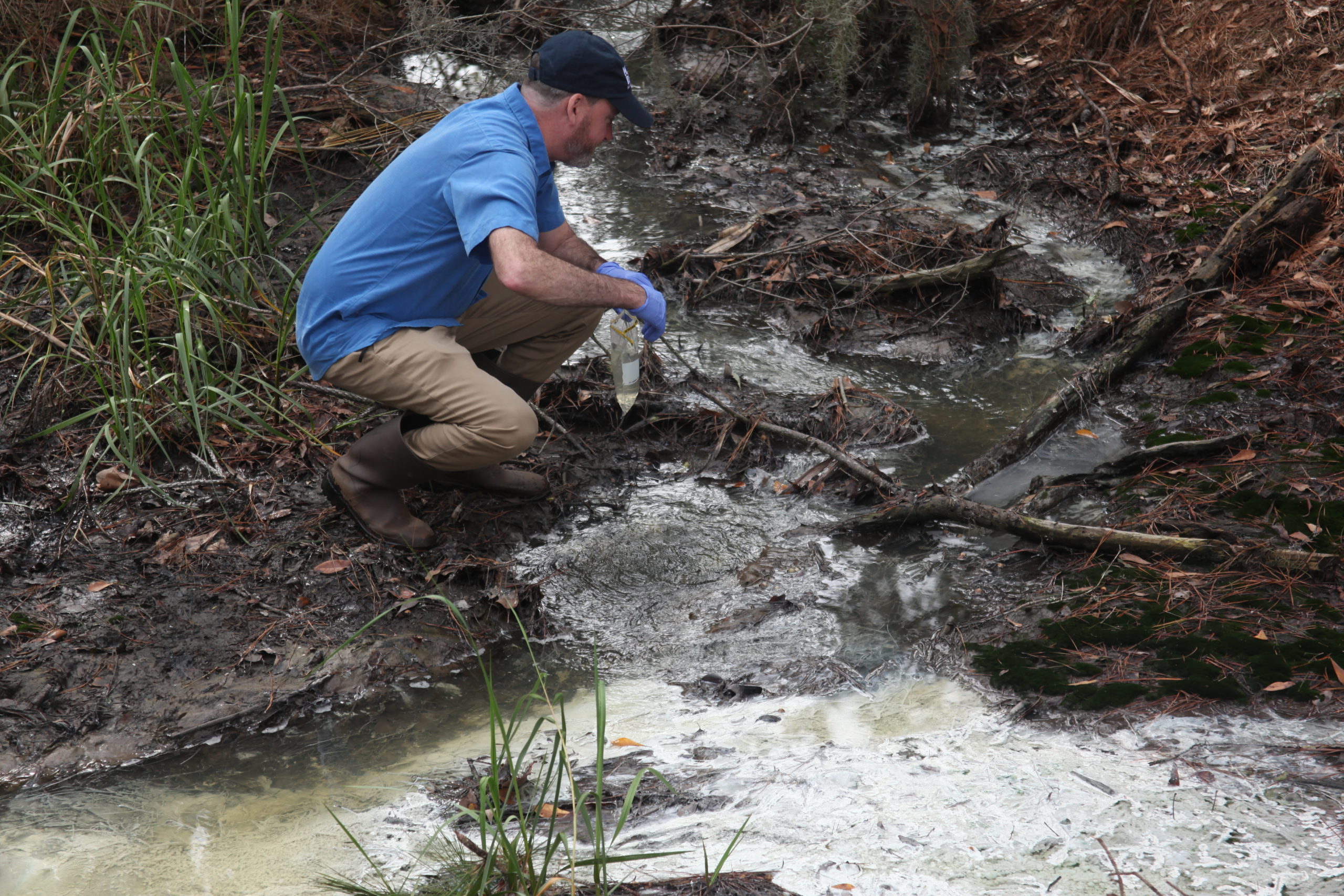
Please consider becoming a member, for any amount, today. ORK has options for automatically recurring monthly or annual giving as well as one-time donations and corporate sponsorships.
Not able to give at this time? There are many ways to support ORK through advocacy, volunteering and engagement. It takes efforts on many fronts to maintain the successes of our organization.
Not sure what your membership status is? Send us an email and we’ll be happy to look you up in the database.
ORK is a 501(c)(3) nonprofit with a Platinum Star rating from Guidestar and is able to accept donations from donor-advised funds. Please contact staff for more information.
